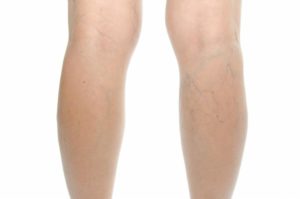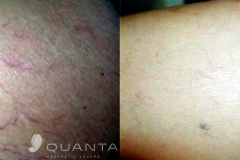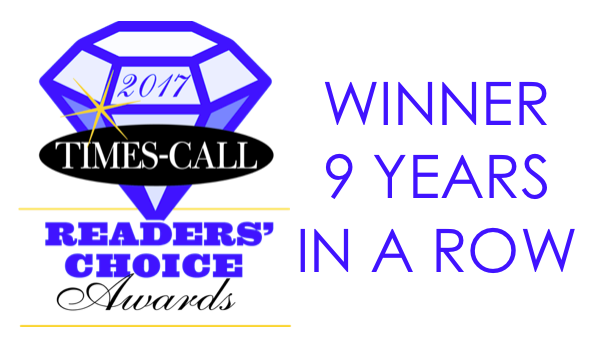What are Spider Veins?
Spider veins are dilated, widened capillaries that can be seen through the skins surface. They are typically red, blue or purple in color and resemble spider legs.

How does Laser Spider Vein Removal Work?
Our Quanta Light A Star Laser penetrates the superficial veins by using the heat it generates to coagulate the blood inside the vessel causing it to collapse and seal. The best part? No needles or incisions are needed! This treatment is completely non-invasive.
How many treatments are needed?
The number of treatments necessary will vary, dependent on the extent of the individuals condition, as well as their healing ability. Some patient’s veins will fade right before their eyes. Others will slowly fade over the course of a few weeks or months. Note that also depending on condition, they may not disappear completely, and new spider veins can unfortunately, always develop.
On average, waiting 2-3 months after treatment is ample time to assess whether another session is needed or not.
What are the contraindications?
We are unable to treat patients that are on Accutane and Photosensitizing medications. Patients on Anticoagulants need to be noted.
Are there any side effects?
The skin may be red or swollen after treatment. Fine, thin scabs may also form. It is normal for the treated area to feel like a sunburn for a few hours. You may apply an icepack or use a cold compress if needed. Keep the treated areas covered with Polysporin and Aquaphor until the thin scabbing falls off. This process can take anywhere from 1-3 weeks, or as long as 3-6 months in some cases. Avoid picking or scratching at scabs and allow them to fall off. Scratching at scabs can cause scarring.
The following problems may occur:
1. Scarring: The light pulsed system can create bruising and a moderate burn or blister to the skin. For an effective treatment, the power (joules) needs to be just below the blistering point which means skin will be red. Although it is certainly possible to scar with a burn or blister, it has not been a problem with the Quanta. However slight, there is a risk of scarring.
2. Hyperpigmentation (browning) and Hypopigmentation (whitening) have been noted after treatment, especially with darker skin complexions. This usually resolves within weeks, taking as long as 3-6 months in some cases. Permanent color change is a rare risk. If you have a lot of color in your skin, a skin lightening cream will be advised to reduce the melanin in your skin before treatment. Avoiding sun exposure after treatment reduces the risk of color change.
3. Infection: Although infection following laser treatment is unusual, bacterial, fungal and viral infections can occur. Should any type of skin infection occur, additional treatment including antibiotics might be necessary.
4. Bleeding: Pinpoint bleeding is rare but can occur following spider vein treatment. Should bleeding occur, additional treatment might be necessary.
5. Allergic Reactions: In rare cases, local allergies to preservatives used in topical preparations have been reported.
Aftercare Instructions
Please wear sunscreen of SPF 30 or higher before and after treatment to protect your skin.
Avoid any trauma to the skin for up to 2-5 days, such as bathing in very hot water, strenuous exercise or massage.
Avoid picking or scratching the treated area to achieve your best results. If any crusting occurs, apply antibiotic cream. Aloe vera gel or any other after-sunburn treatment such as Desitin is permitted. Those with darker pigmented skin may have more discomfort than those with lighter skin, and may require the use of aloe vera gel or antibiotic ointment longer. Follow instructions as specified by your laser professional.
Keep the area moist. Any moisturizer without alpha-hydroxy acids will work.
You may shower after treatment in tepid water. The treated area may be washed gently with a mild soap. The skin should be patted dry and NOT rubbed.
You may experience redness and bruising from 5-14 days after treatment. Avoid direct sun exposure for 1-2 months and throughout the course of the treatment to reduce the chance of dark or light spots. Tanning beds should also always be avoided.
Avoid using any irritants on the skin such as Benzoyl Peroxide or astringents.
Call our office with any questions or concerns, or to set up a Complimentary Consultation!


